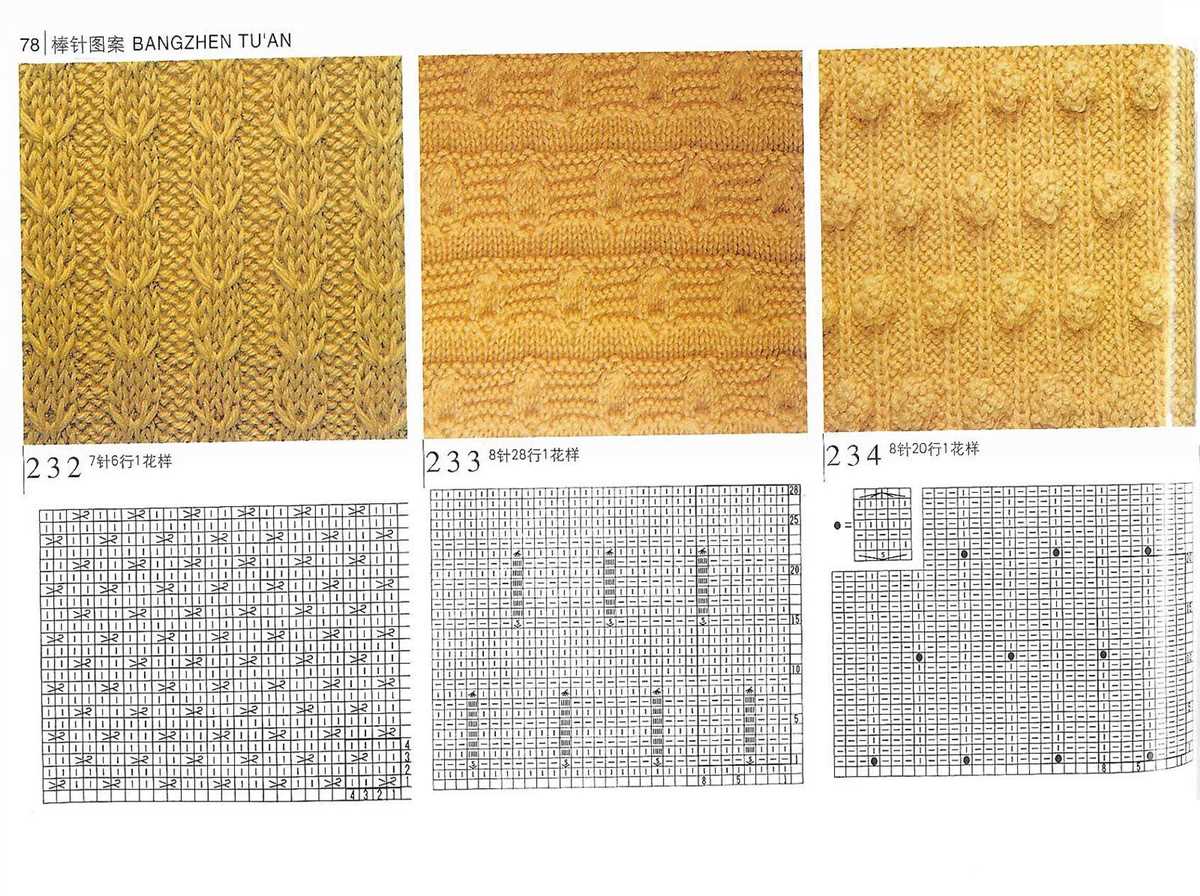
Knitting patterns are instructions that guide knitters through the process of creating various items using yarn and knitting needles. Whether you’re a beginner or an experienced knitter, understanding different knitting pattern types is essential for successfully completing your projects.
There are several types of knitting patterns, each serving a specific purpose. Some patterns are designed for creating garments, such as sweaters, hats, or scarves, while others focus on accessories or home decor items like blankets or pillows. Additionally, there are patterns for different skill levels, ranging from simple stitches for beginners to complex lacework or colorwork patterns for advanced knitters.
1. Written Patterns: The most common type of knitting pattern is a written pattern, which is presented as a series of instructions written in plain language. These patterns typically include information about the materials needed, the gauge, and the stitch pattern. They guide knitters step by step, from casting on to binding off, and often include charts or diagrams for visual assistance. Written patterns are great for knitters who prefer following detailed instructions or who want to customize the project.
Knitting Pattern Types
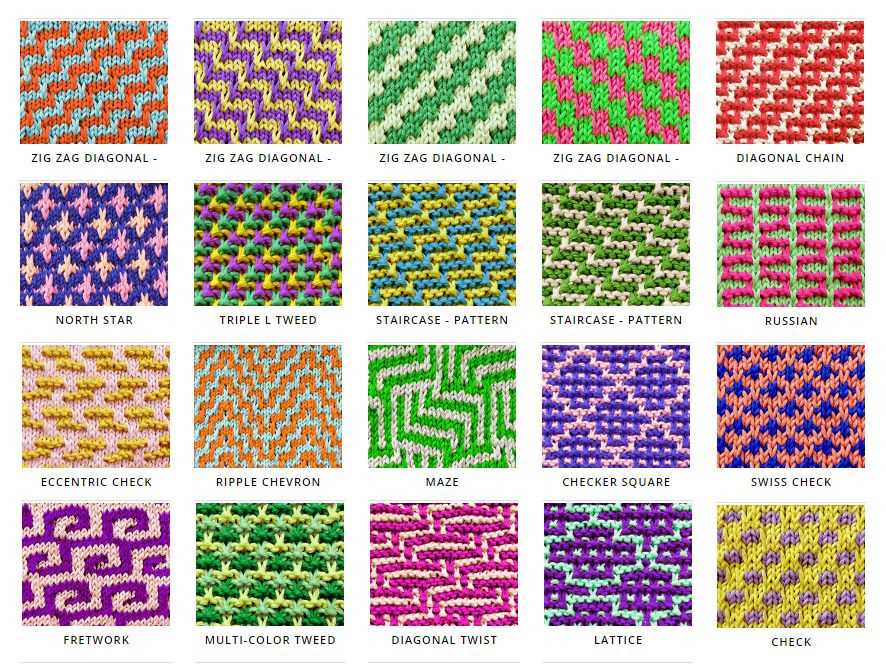
When it comes to knitting, there are various types of patterns available for knitters to choose from. These patterns provide instructions and guidelines on how to create different types of stitches, textures, and designs. Whether you’re a beginner or an experienced knitter, understanding the different knitting pattern types can help you expand your knitting skills and create beautiful and unique projects.
1. Basic Knitting Patterns: These patterns are perfect for beginners who are just starting out with knitting. They typically involve simple stitches and easy-to-follow instructions, making them great for learning and practicing basic knitting techniques. Basic knitting patterns are often used to create scarves, hats, and other simple accessories.
2. Lace Knitting Patterns: Lace knitting patterns are known for their intricate and delicate designs. They involve creating patterns using a combination of yarn overs, decreases, and other techniques to create lacy and openwork designs. Lace knitting patterns are commonly used to create shawls, socks, and elegant garments.
3. Cable Knitting Patterns: Cable knitting patterns involve twisting individual stitches to create cable-like ropes or braids. These patterns can range from simple to complex and can be used to create textured and visually stunning designs. Cable knitting patterns are commonly used to create sweaters, blankets, and scarves.
4. Fair Isle Knitting Patterns: Fair Isle knitting patterns originated in the Fair Isle region of Scotland and are known for their use of multiple colors in a single row. These patterns often feature stranded colorwork and can create beautiful geometric or traditional motifs. Fair Isle knitting patterns are commonly used to create hats, mittens, and sweaters.
5. Intarsia Knitting Patterns: Intarsia knitting patterns involve knitting with blocks of color, typically using a separate ball of yarn for each color. These patterns can create picture-like designs and are commonly used to create images or patterns on garments, blankets, or accessories.
6. Top-Down or Bottom-Up Knitting Patterns: Top-down and bottom-up knitting patterns refer to the direction in which the project is knit. In top-down patterns, you start with the neckline or the top of the item and gradually work your way down. In bottom-up patterns, you start with the hem or the bottom of the item and work your way up. These patterns can be used for a wide range of projects, from sweaters to socks.
These are just a few examples of the different knitting pattern types available. Each pattern type offers its own unique challenges and opportunities for creativity. By exploring and trying out different knitting pattern types, you can broaden your knitting skills and create beautiful and personalized projects.
Basic knitting patterns
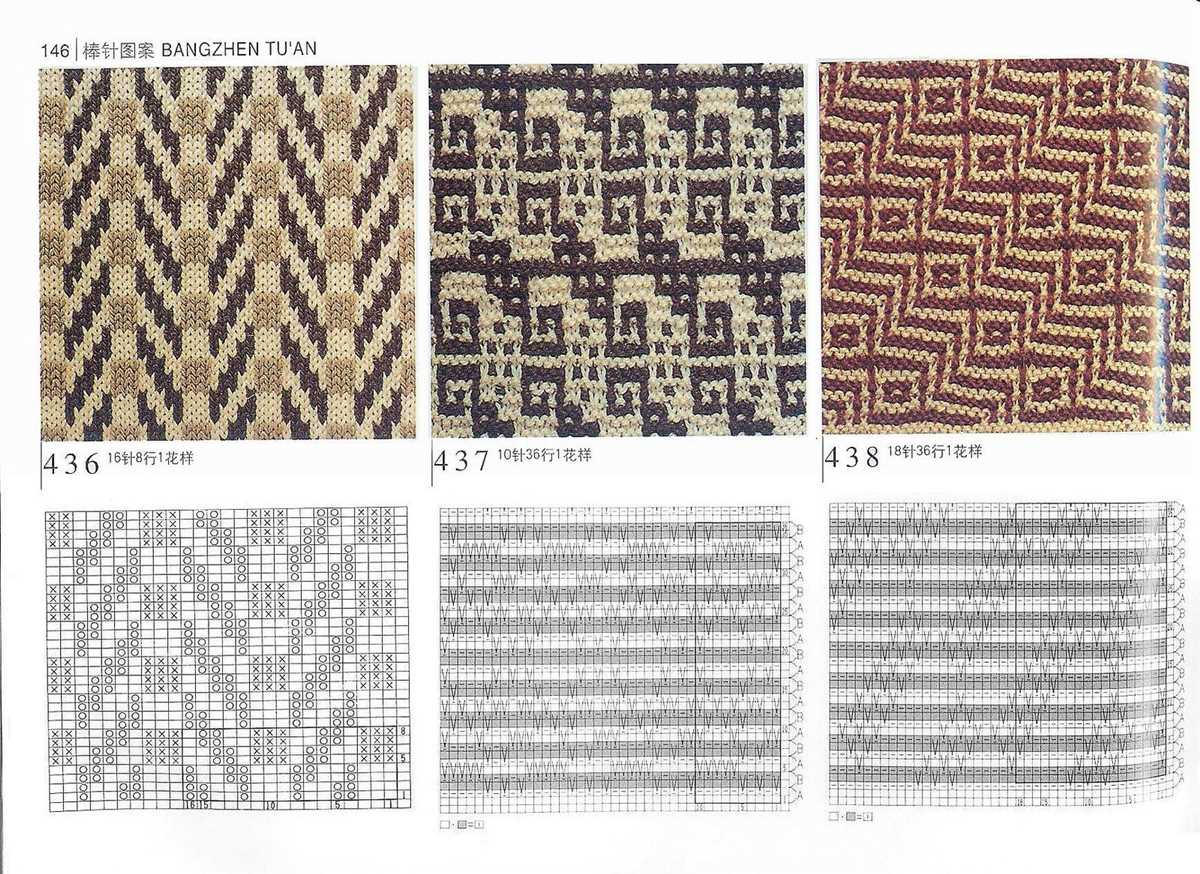
When it comes to knitting, there are several basic patterns that every beginner should learn. These patterns serve as the foundation for more complex designs and can be easily customized to create unique pieces. Whether you’re knitting a scarf, hat, or sweater, mastering these basic patterns will give you the confidence and skills to take on more challenging projects.
Garter stitch is the simplest knitting pattern and is often the first one beginners learn. It is created by knitting every stitch in every row. This pattern creates a fabric with ridges on both sides, making it reversible and giving it a textured appearance.
Stockinette stitch is another essential knitting pattern. It is created by alternating between knitting one row and purling the next. This pattern results in a smooth fabric with a clear distinction between the right side (knit side) and the wrong side (purl side). It is commonly used for garments, as it has a nice drape and allows for easy stitch manipulation.
Other basic knitting patterns include ribbing, which involves alternating knit and purl stitches to create a stretchy and elastic fabric, perfect for cuffs and edges. Seed stitch is created by alternating knit and purl stitches within the same row and across rows. This pattern creates a textured fabric with a bumpy surface. Basketweave stitch creates a geometric pattern that resembles basket weaving by combining sections of knit and purl stitches.
By becoming familiar with these basic knitting patterns, you can start experimenting with different combinations, stitches, and techniques to create your own unique designs. Knitting is a versatile craft, and mastering these foundational patterns will give you the skills and confidence to explore your creativity and tackle more complex projects in the future.
Lace Knitting Patterns
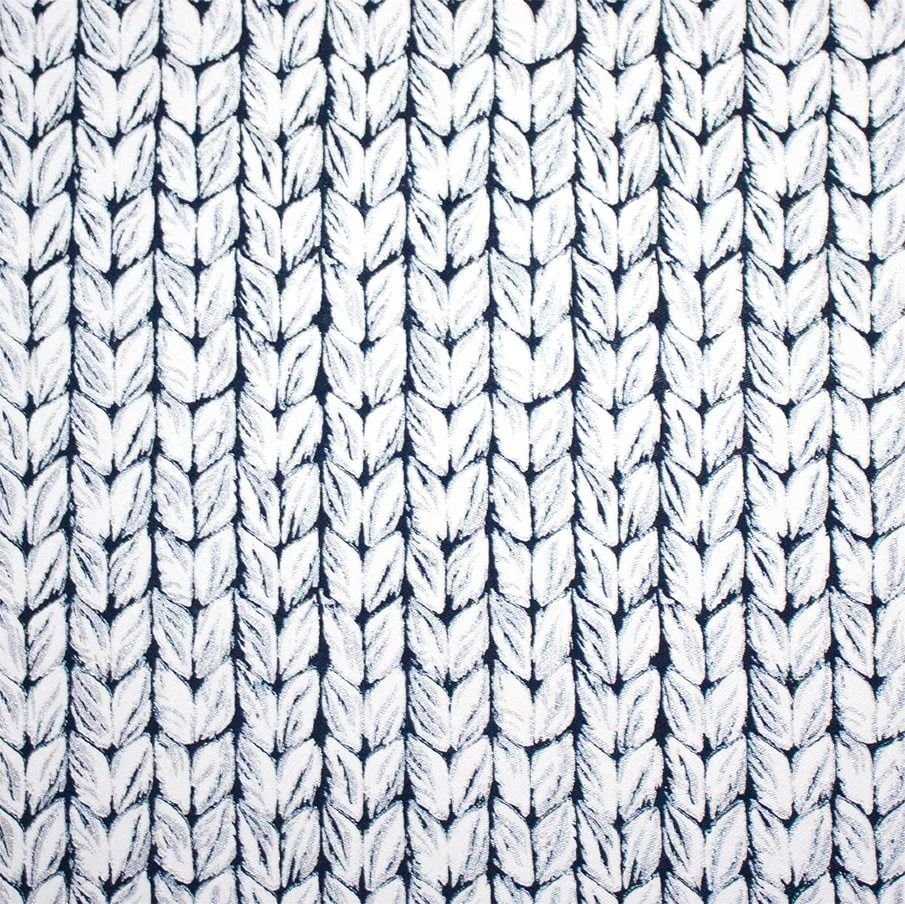
When it comes to knitting patterns, lace designs are always a popular choice. Lace knitting creates delicate and intricate patterns that add a touch of elegance to any garment or accessory. Lace patterns are characterized by their openwork and intricate designs, often featuring motifs such as flowers, leaves, and geometric shapes.
Types of Lace Knitting Patterns:
- Traditional Lace: Traditional lace knitting patterns often incorporate classic motifs and stitches, such as yarn overs and decreases, to create beautiful lace designs. These patterns are often used to create shawls, stoles, and delicate lace garments.
- Cable and Lace: Cable and lace knitting patterns combine the beauty of lace with the structure of cables. These patterns feature both openwork and textured stitches, creating a unique and eye-catching design. Cable and lace patterns are often used to create cozy sweaters, cardigans, and hats.
- Freeform Lace: Freeform lace knitting patterns are more unstructured and creative, allowing knitters to experiment and create their own unique lace designs. These patterns often involve combining different lace stitches and motifs to create a one-of-a-kind lace pattern.
- Scalloped Lace: Scalloped lace knitting patterns feature motifs that resemble scallops, creating a delicate and feminine look. These patterns are often used to create edgings and borders on garments and accessories.
Whether you are an experienced knitter or just starting out, lace knitting patterns can add a beautiful and intricate touch to your projects. With a wide range of lace design options available, you can easily find a pattern that suits your skill level and personal style. Whether you choose a traditional lace pattern or venture into more freeform designs, lace knitting is sure to elevate your knitting projects to a whole new level.
Cabled knitting patterns
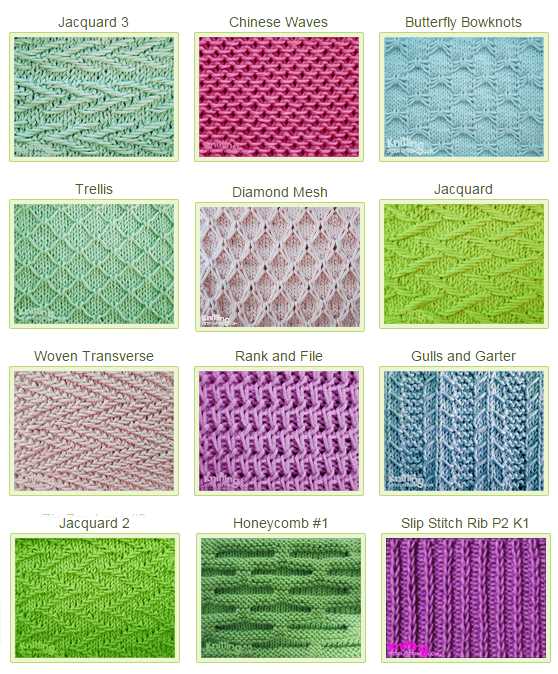
Cabled knitting patterns are a popular choice among knitters who want to add intricate and decorative designs to their projects. Cables are created by crossing stitches over each other, creating a twist in the fabric. This technique can be used to create a variety of patterns, from simple twists to more complex interlaced designs.
One common type of cabled knitting pattern is the classic cable twist. This design involves crossing a certain number of stitches over each other, usually in a specific order. The resulting twist can add depth and texture to a garment, making it visually appealing and interesting to knit. Another popular type of cable pattern is the cable lattice, which involves crisscrossing multiple cables to create a grid-like pattern on the fabric.
Cabled knitting patterns can be used to create a wide variety of projects, from sweaters and cardigans to hats, scarves, and even blankets. The versatility of cable patterns allows knitters to add a touch of sophistication and elegance to their creations. Additionally, cables can be combined with other stitch patterns, such as ribbing or lace, to create unique and complex designs.
When working with cabled knitting patterns, it is important to use the correct size of knitting needles and yarn weight to achieve the desired result. Thicker yarn and larger needles will create larger, more pronounced cables, while thinner yarn and smaller needles will produce smaller, more delicate cables. Additionally, it is important to follow the pattern instructions carefully, as cabling requires specific stitch manipulations to create the desired effect.
- Cabled knitting patterns can add intricate and decorative designs to projects.
- Classic cable twists and cable lattices are two common types of cabled knitting patterns.
- Cables can be used to create a wide range of projects, from sweaters to blankets.
- Cables can be combined with other stitch patterns for unique designs.
- The correct needle size and yarn weight are essential for achieving the desired cable effect.
- Following pattern instructions carefully is important when working with cables.
Fair Isle Knitting Patterns
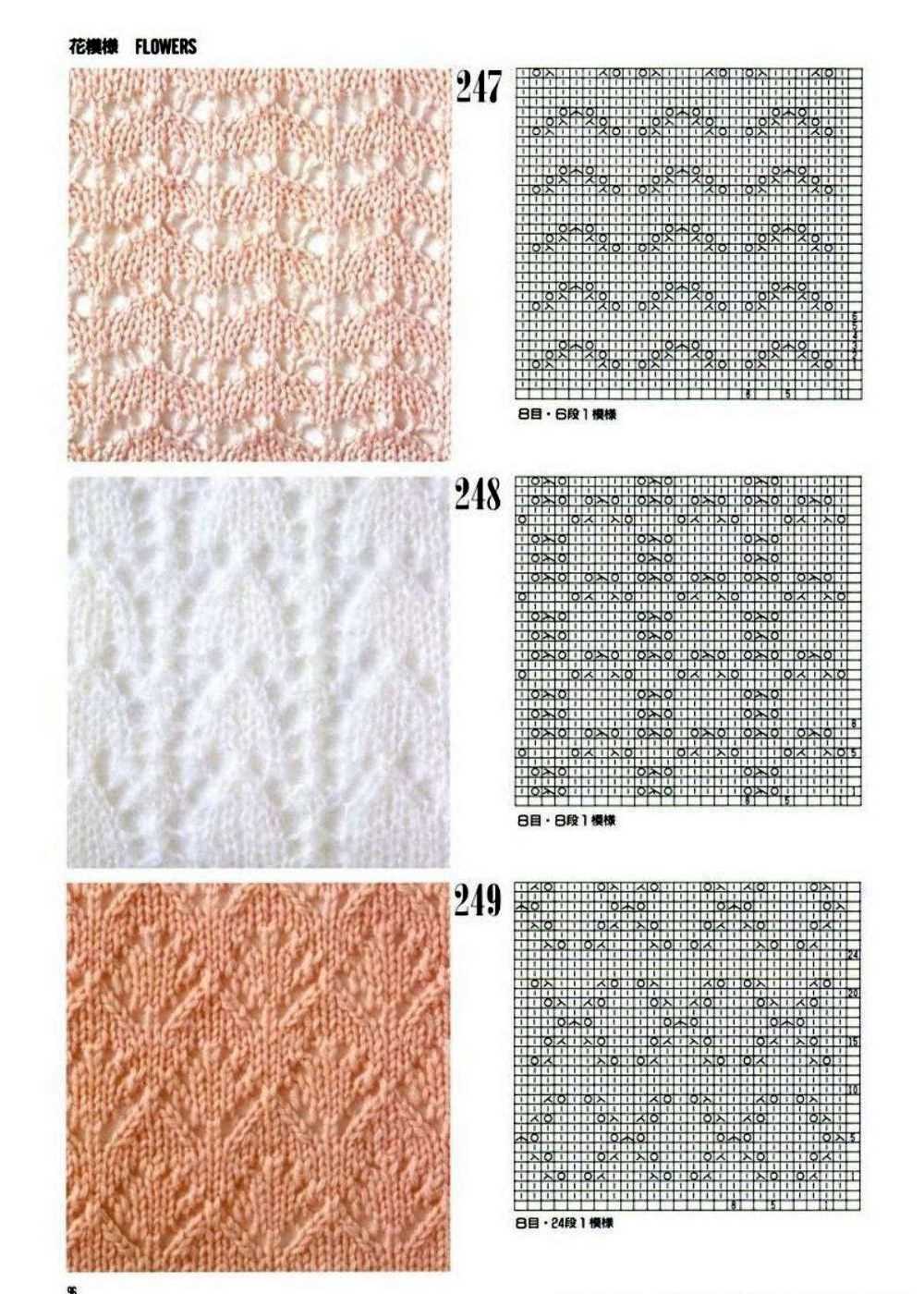
Fair Isle knitting patterns are characterized by their use of multiple colors in small, detailed motifs. These patterns originate from the Fair Isle, a small island in Scotland known for its intricate knitting techniques. The patterns traditionally feature motifs inspired by nature, such as flowers, animals, or geometric shapes. The motifs are often created using a technique called stranding, where multiple colors are carried along the back of the work and woven in as needed. This creates a beautiful and intricate design that is both visually appealing and warm.
One distinctive feature of Fair Isle knitting patterns is their use of limited color palettes. Traditionally, these patterns are created using only two colors per row, with no more than two colors used in a single motif. This limited color palette adds to the charm and complexity of the designs. Additionally, Fair Isle patterns often feature a repeating motif that is worked in a circular or vertical direction. This repetition creates a sense of continuity and rhythm in the final product.
Fair Isle knitting patterns have gained popularity in recent years due to their timeless appeal and versatility. They can be used to create a variety of items, including sweaters, hats, scarves, and even home decor. Fair Isle patterns can range from simple and repetitive to complex and intricate, making them suitable for knitters of all skill levels. Whether you’re a beginner looking for a fun and challenging project, or an experienced knitter wanting to create a one-of-a-kind masterpiece, Fair Isle knitting patterns offer endless possibilities for creativity and self-expression.
- Multiple colors in small motifs
- Inspired by nature
- Stranding technique
- Limited color palette
- Repeating motifs
- Versatile and timeless
Intarsia Knitting Patterns
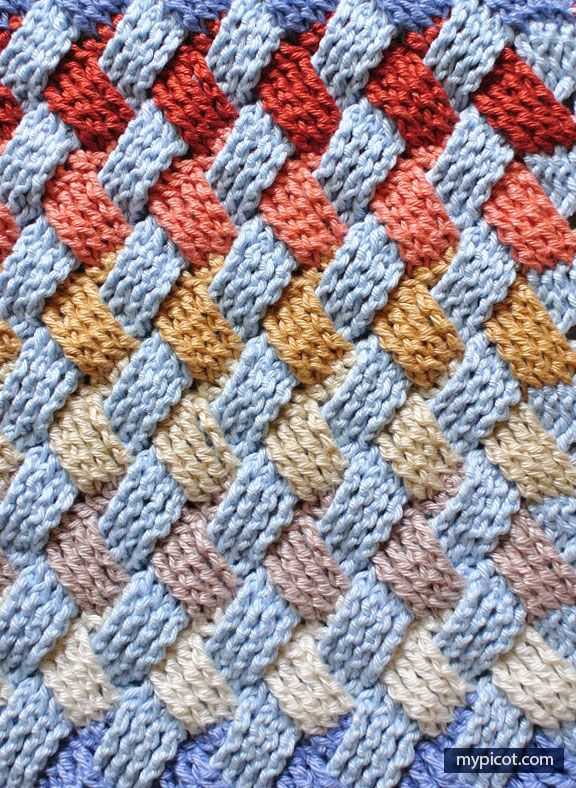
Intarsia knitting is a technique that involves knitting with blocks of color to create a design or picture within the fabric. Unlike stranded colorwork, which creates a horizontal pattern, intarsia allows for more complex designs, including pictures and shapes. This technique is often used to create beautiful and detailed motifs, such as animals, flowers, or geometric patterns.
When working with intarsia knitting patterns, it is important to use bobbins or separate balls of yarn for each color block. This helps to keep the colors from tangling and allows for easier color changes. It is also important to twist the yarns at each color change to prevent holes in the fabric.
Intarsia patterns can be found for a variety of projects, including sweaters, blankets, scarves, and mittens. Some patterns use only a few colors, while others may use many different shades to create a more intricate design. The possibilities for creativity and personalization are endless with intarsia knitting.
To create a successful intarsia knitting project, it is helpful to have some experience with basic knitting techniques, such as casting on, knitting, purling, and decreasing. However, with practice and patience, even beginners can learn to create stunning intarsia designs.
Overall, intarsia knitting patterns offer a unique and artistic way to incorporate color and design into your knitting projects. Whether you choose to create a simple motif or a complex picture, the end result is sure to be a beautiful and eye-catching piece of work.
Aran Knitting Patterns
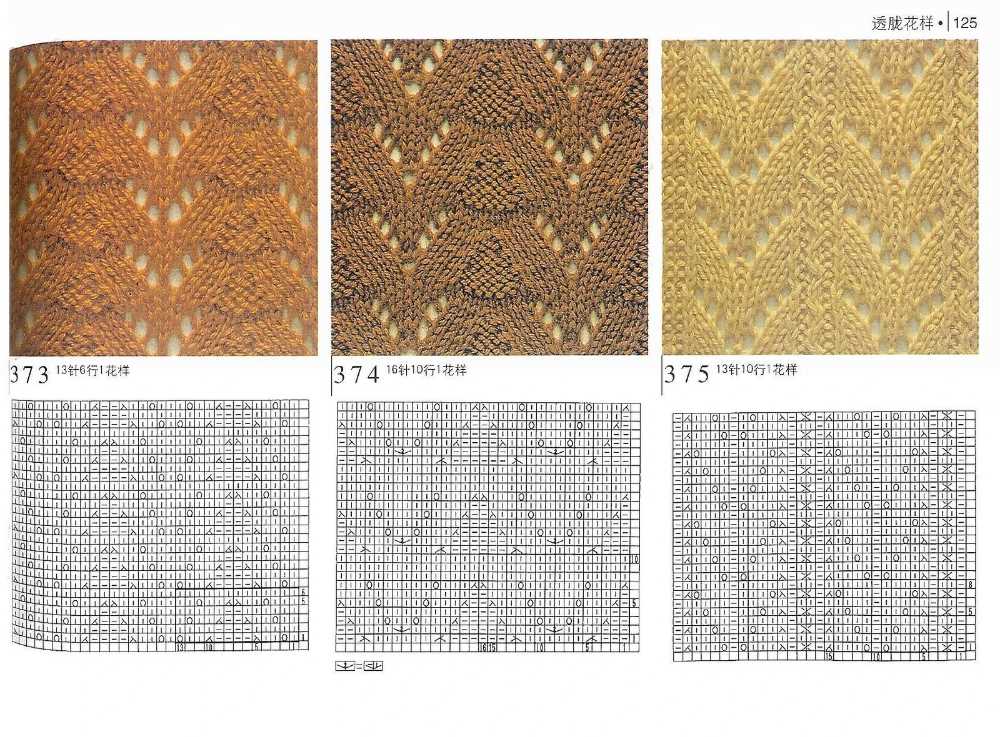
Aran knitting patterns are a popular type of knitting pattern that originated in the Aran Islands of Ireland. These patterns are characterized by their intricate cables and textured stitches, which create a unique and visually appealing design. Aran knitting patterns often feature traditional motifs such as diamonds, honeycomb, and basketweave, which are rooted in the rich history and culture of the Aran Islands.
One of the key features of Aran knitting patterns is the use of cables. Cables are created by crossing stitches over each other, creating a twist or cable-like effect. This technique adds depth and dimension to the knitted fabric, and is a signature element of Aran knitting patterns. In addition to cables, Aran knitting patterns also incorporate a variety of textured stitches, such as seed stitch, moss stitch, and ribbing, which add further interest and complexity to the design.
- Traditional Motifs: Aran knitting patterns often feature traditional motifs such as cable crosses, diamonds, honeycomb, and basketweave. These motifs have symbolic meanings and are thought to represent different aspects of island life, such as fishing nets, honeycombs, and the rugged landscape of the Aran Islands.
- Versatile Designs: Aran knitting patterns are known for their versatility, as they can be used to create a wide range of items, from cozy sweaters and cardigans to hats, scarves, and blankets. The intricate stitch patterns and textures make Aran knitting patterns suitable for both traditional and contemporary designs.
- A Sense of Tradition: Knitting Aran patterns not only allows you to create beautiful and unique garments, but also connects you with a rich knitting tradition. The art of Aran knitting has been passed down through generations, and by knitting these patterns, you become part of a long-standing tradition and heirloom.
Colorwork Knitting Patterns
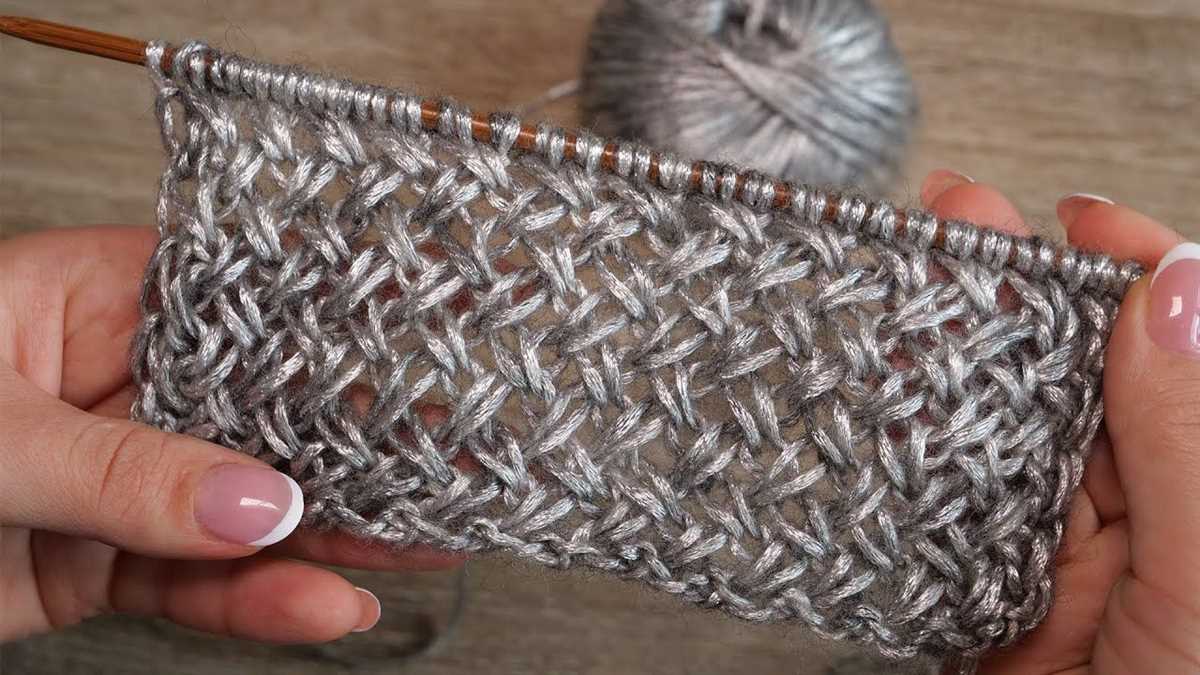
Colorwork knitting patterns are a popular technique in knitting where multiple colors of yarn are used to create a design or pattern. This technique allows knitters to create intricate and colorful designs on their projects, adding visual interest and depth.
There are several types of colorwork patterns, each with its own unique style and level of difficulty. Some of the most common colorwork techniques include stranded colorwork, intarsia, and fair isle.
- Stranded colorwork: Also known as Nordic knitting or two-color knitting, stranded colorwork involves working with two or more colors of yarn in a single row. The unused yarn is carried along the back of the work, creating floats on the wrong side. This technique is often used to create geometric or repeating patterns.
- Intarsia: Intarsia is a colorwork technique that involves knitting separate sections of color rather than carrying the yarn across the entire row. This allows for larger, blocky designs with clean color changes. Each section of color is worked with a separate ball of yarn, minimizing the need to carry yarn behind the work.
- Fair Isle: Fair Isle is a traditional colorwork technique that originated in the Fair Isle islands of Scotland. It involves using two or more colors of yarn in a row and carrying the unused colors behind the work, similar to stranded colorwork. Fair Isle patterns often feature intricate motifs and designs inspired by nature.
Colorwork knitting patterns can be found in a wide range of projects, such as sweaters, hats, scarves, mittens, and even blankets. The color choices and design possibilities are endless, allowing knitters to create unique and personalized pieces. Whether you’re a beginner looking to try your hand at colorwork or an experienced knitter looking for a new challenge, colorwork knitting patterns offer a world of creativity and artistic expression.
Slip Stitch Knitting Patterns
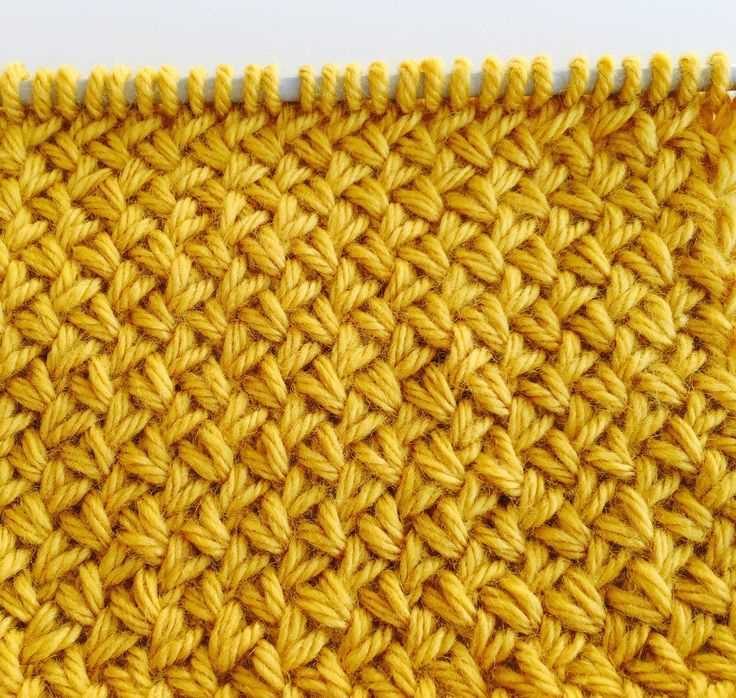
Slip stitch knitting patterns are a versatile and fun way to add texture and visual interest to your knitting projects. This technique involves slipping stitches without working them, which creates a beautiful effect when combined with different colors and stitch patterns. The slipped stitches can create a variety of designs, including stripes, chevrons, and geometric shapes.
One of the most common slip stitch patterns is the slip stitch ribbing. This pattern is created by alternating rows of slipped stitches with rows of knitted or purled stitches. The result is a stretchy and textured fabric that is perfect for cuffs, hems, and borders. Slip stitch ribbing is also a great choice for beginner knitters who want to experiment with different stitch patterns.
Another popular slip stitch pattern is the mosaic knitting. This technique involves using two colors of yarn and slipping stitches to create a design. The slipped stitches form a contrasting color, while the non-slipped stitches are the main color. Mosaic knitting can create stunning patterns such as checkerboards, diamonds, and waves. The best part is that you only work with one color at a time, so it is an easy way to add complexity to your projects without using stranded colorwork.
Slip stitch knitting patterns offer endless possibilities for creativity and customization. Whether you are a beginner or an experienced knitter, you can create beautiful and unique designs using this technique. So why not give slip stitch knitting a try and see what kind of stunning patterns you can create?
Texture knitting patterns
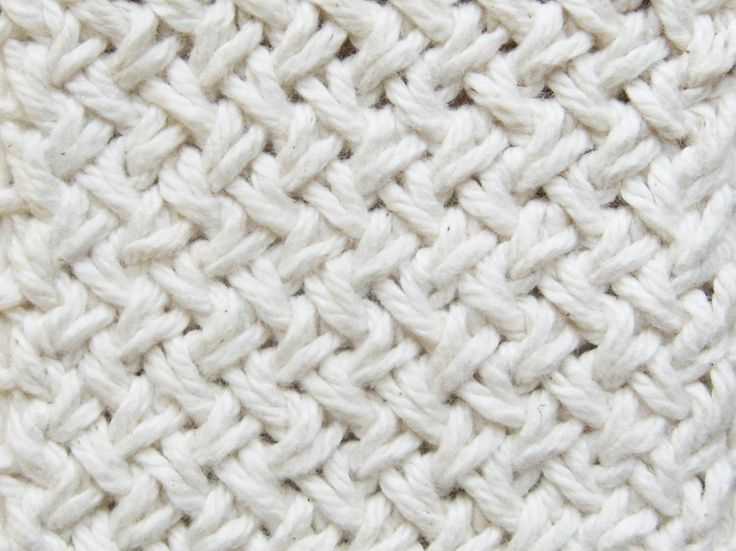
Texture knitting patterns are an excellent way to add depth and dimension to your knitting projects. These patterns often involve combinations of different stitches and techniques to create a variety of textures such as cables, ribbing, or popcorn stitches. The result is a visually interesting and tactile fabric with an added level of complexity to your knitting.
One popular texture knitting pattern is the cable stitch. This pattern involves crossing stitches over each other, creating a twisted cable effect that stands out from the surrounding fabric. Cables can be simple, with just a few stitches crossing over, or more complex with multiple cables and intricate designs. This type of texture is often used in sweaters, scarves, and blankets to create a cozy and classic look.
Another type of texture knitting pattern is ribbing. This pattern involves alternating knit and purl stitches in a specific pattern to create vertical columns of raised stitches. Ribbing is commonly used at the cuffs, hems, and collars of garments to add stretch and structure. It can also be used as an all-over pattern to create a fitted fabric with added texture.
Popcorn stitches are another popular texture knitting pattern. With this pattern, small clusters of stitches are worked together to create a raised, bumpy texture on the fabric. This type of texture can be used as an accent in a larger project, such as a sweater or hat, or as the main feature in a smaller project, such as a decorative pillow or washcloth.
In addition to these common texture knitting patterns, there are countless other options to explore. From simple seed stitch to intricate lace, texture knitting patterns offer endless possibilities for adding interest and creativity to your projects.
Openwork Knitting Patterns
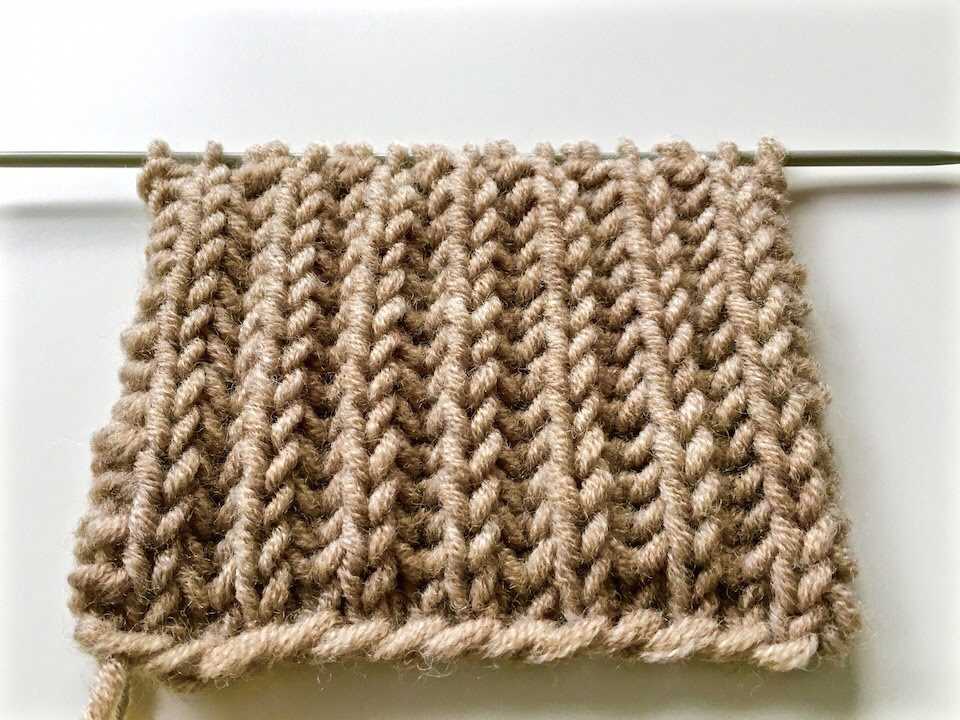
Openwork knitting patterns are a type of knitting pattern that incorporate intentional gaps or holes in the fabric. These patterns are created by using a combination of yarn overs and decreases to create lace-like designs. Openwork patterns are known for their light and airy appearance, making them perfect for lightweight garments and accessories.
There are many different types of openwork knitting patterns, each with its own unique design and level of difficulty. Some common types of openwork patterns include lace, eyelets, and drop stitch patterns. Lace patterns often feature intricate designs with elaborate motifs and fine details, while eyelet patterns create small holes or openings in the fabric. Drop stitch patterns involve intentionally dropping stitches to create elongated holes or ladders.
Benefits of Openwork Knitting Patterns
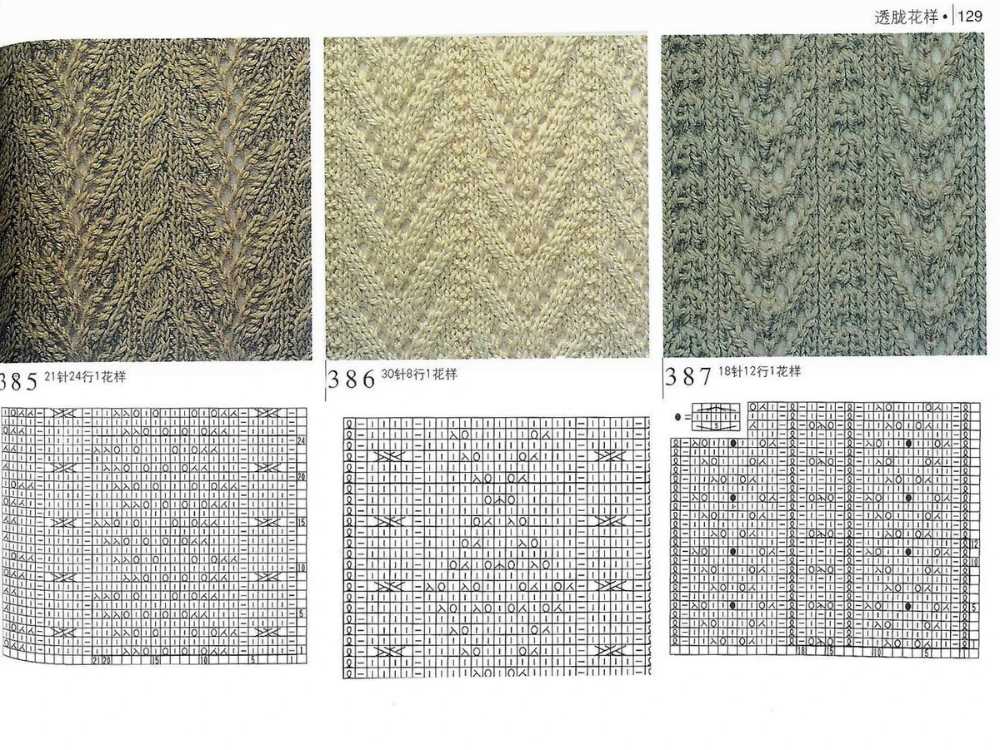
- Lightweight and breathable: Openwork patterns create a fabric with plenty of airflow, making them ideal for warm weather garments.
- Elegant and feminine: The delicate appearance of openwork patterns adds a touch of elegance and femininity to any knitting project.
- Versatile: Openwork patterns can be used in a variety of knitting projects, from shawls and scarves to sweaters and socks.
- Customizable: Openwork patterns can be easily modified to create different looks by adjusting the number of yarn overs and decreases.
Overall, openwork knitting patterns offer a beautiful way to add texture and interest to your knitting projects. Whether you’re a beginner or an experienced knitter, experimenting with openwork patterns can bring a new dimension to your knitting repertoire.